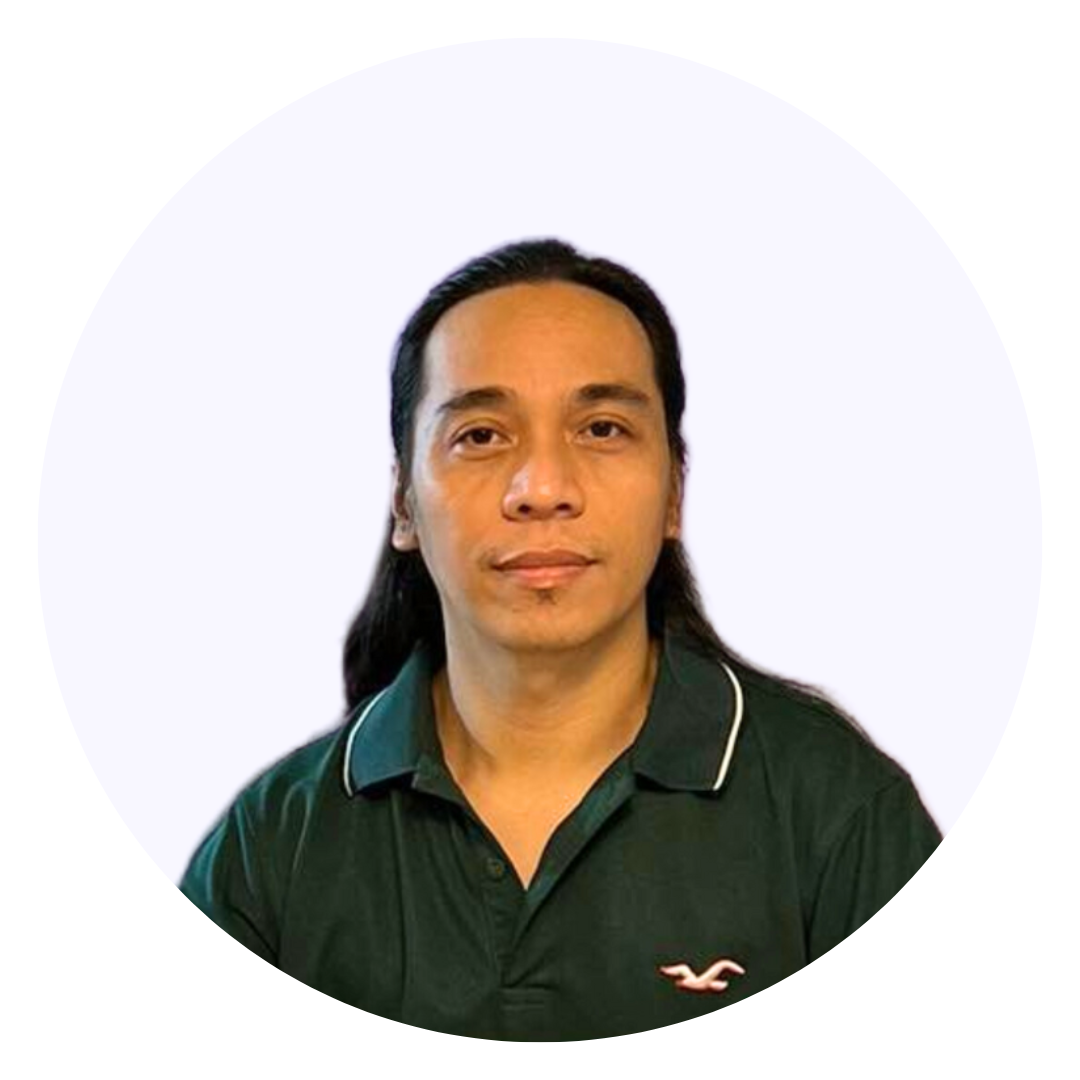Diagnostic Medical Sonographer vs Phlebotomy

Key Points:
- Diagnostic Medical Sonographers use imaging equipment to produce images of the body's internal structures, while Phlebotomists collect blood samples from patients.
- Diagnostic Medical Sonographers typically earn higher salaries than Phlebotomists.
- Both professions are in demand.
- Diagnostic Medical Sonographers require a 2-year associate's degree, while Phlebotomists can often complete a certificate program in a few months.
- Sonographer training is generally more expensive and takes longer than Phlebotomy training.
Are you considering a career in the medical field but not sure which path to take? Two popular options to consider are becoming a diagnostic medical sonographer or a phlebotomist. Both career paths offer rewarding opportunities to work in healthcare, but they have distinct differences in job responsibilities, education and training requirements, and career outlooks. In this blog post, we will explore the similarities and differences between these two professions to help you make an informed decision about which path is right for you.
Diagnostic Medical Sonographer vs Phlebotomy: Education and Training
To pursue a career as a diagnostic medical sonographer or a phlebotomist, you will need to complete specific education and training requirements.
Diagnostic Medical Sonographer
- Most diagnostic medical sonographers hold an associate's degree in diagnostic medical sonography.
- Some employers may prefer or require a bachelor's degree in sonography or a related field.
- Accredited programs typically include both didactic coursework and clinical training.
- Coursework may cover anatomy, physiology, patient care, medical ethics, and ultrasound physics.
- Clinical training provides hands-on experience in performing ultrasound procedures under supervision.
- Certification is available through organizations such as the American Registry for Diagnostic Medical Sonography (ARDMS).
Phlebotomy
- Phlebotomists can enter the field with a high school diploma or equivalent.
- Some employers may require completion of a phlebotomy training program.
- Training programs can range from a few weeks to several months and cover topics such as anatomy, medical terminology, and blood collection techniques.
- Clinical training provides practical experience in performing blood draws.
- Certification is available through organizations such as the National Phlebotomy Association (NPA) or the American Society for Clinical Pathology (ASCP).
Diagnostic Medical Sonographer vs Phlebotomy: Career Outlook and Salary
When considering a career path, it's important to consider the job prospects and earning potential. Let's take a look at the career outlook and salary information for diagnostic medical sonographers and phlebotomists.
Diagnostic Medical Sonographer
- According to the Bureau of Labor Statistics (BLS), employment of diagnostic medical sonographers is projected to grow 16 percent from 2018 to 2028, much faster than the average for all occupations.
- The median annual wage for diagnostic medical sonographers was $74,320 as of May 2019, with the highest 10 percent earning more than $102,060.
Phlebotomy
- The BLS does not provide specific data for phlebotomists, but it categorizes them under the broader category of medical and clinical laboratory technologists and technicians.
- Employment of medical and clinical laboratory technologists and technicians is projected to grow 11 percent from 2018 to 2028, much faster than the average for all occupations.
- The median annual wage for medical and clinical laboratory technologists and technicians was $53,120 as of May 2019, with the highest 10 percent earning more than $80,330.
Final Thoughts
Choosing a career path in the medical field can be both exciting and challenging. Both diagnostic medical sonography and phlebotomy offer unique opportunities to make a positive impact on patients' lives. Consider your interests, skills, and long-term goals when making a decision.
- If you have a passion for using technology to visualize the human body and work closely with physicians, a career as a diagnostic medical sonographer may be the right choice for you.
- On the other hand, if you enjoy working directly with patients, have excellent attention to detail, and thrive in a fast-paced environment, pursuing a career in phlebotomy could be a rewarding option.
Ultimately, the choice between diagnostic medical sonography and phlebotomy depends on your individual preferences and career aspirations. Take the time to research and explore both professions to make an informed decision that aligns with your goals.
Dreambound's programs are accessible in various locations. To gather more information about these two vocations, check out:

Harold Roldan is a Growth team member at Dreambound. With a background in IT, he works with data and automation to improve team efficiency and workflows. He spends his free time playing musical instruments or studying data, computers, and technology.





